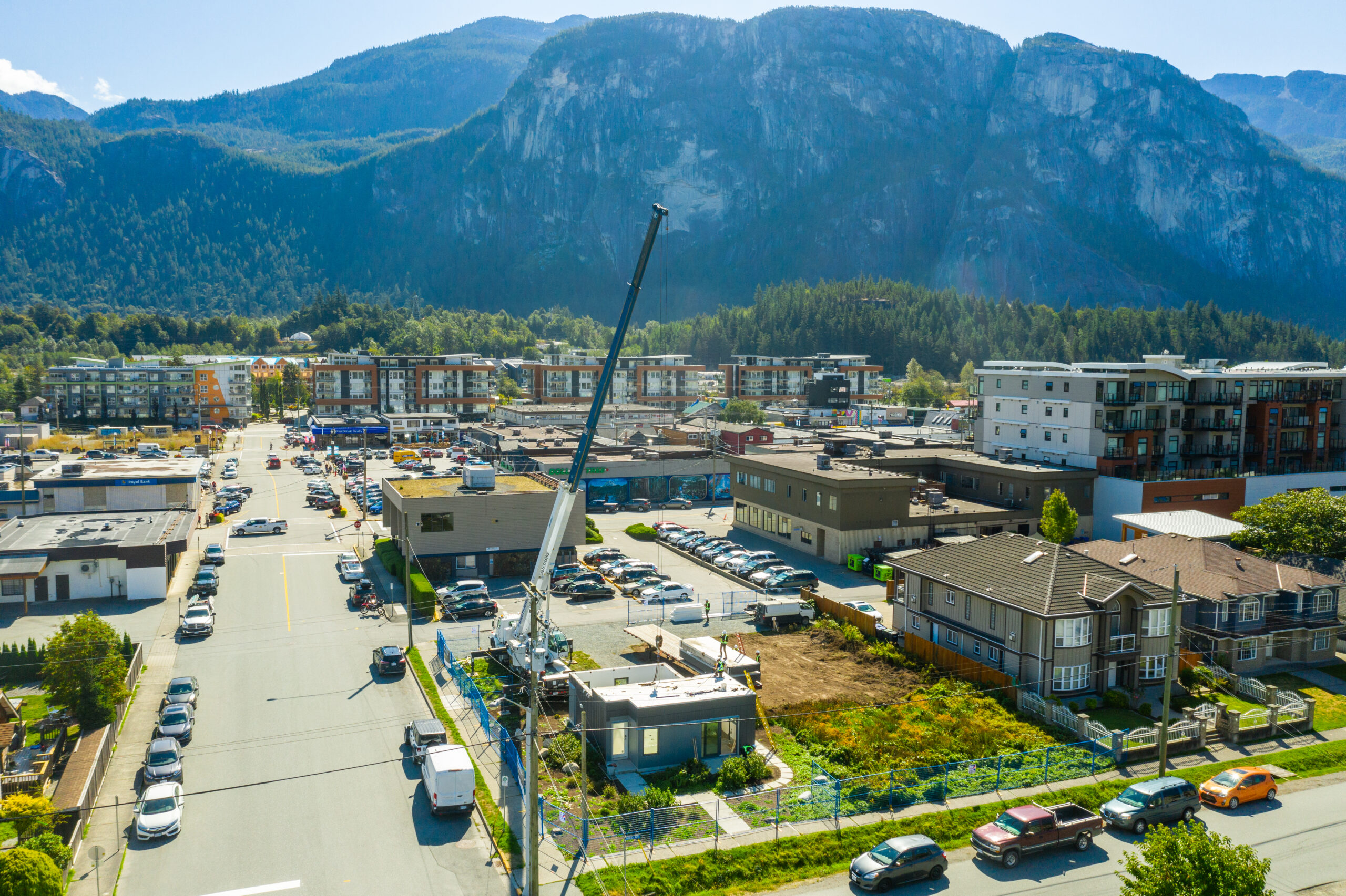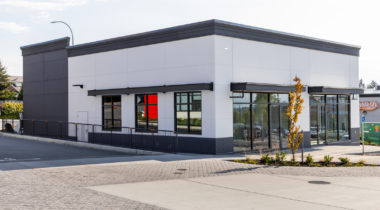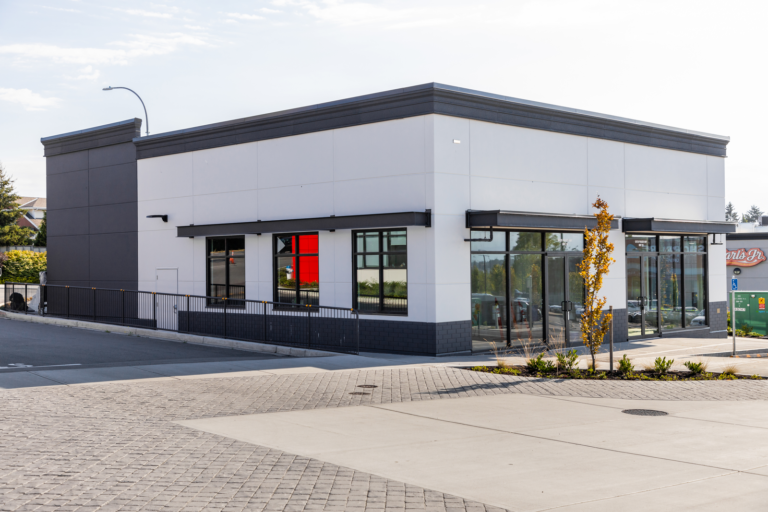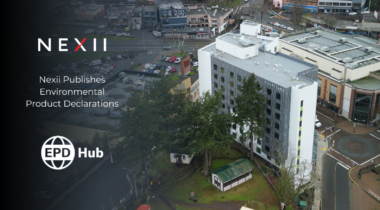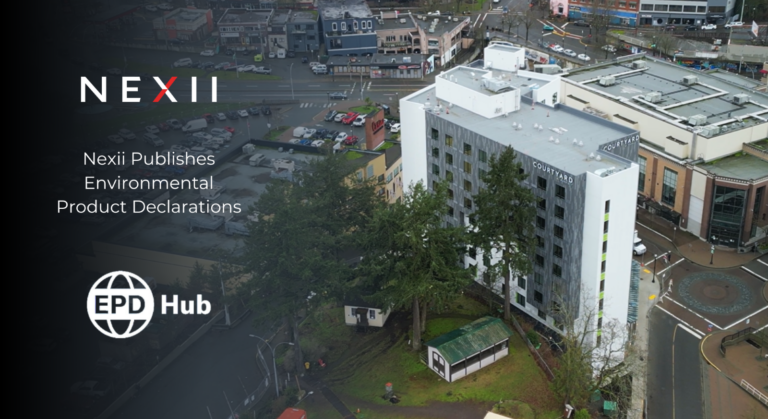
 Nexii is honoured to be working with world-renowned architect Jason F. McLennan considered one of the world’s most influential individuals in the field of architecture and the green building movement today. The accolades and awards garnered by Jason F. McLennan, are numerous and prestigious and a testament to his work as an environmental architect and a true industry disruptor. McLennan is the recipient of the prestigious Buckminster Fuller Prize (the planet’s top prize for socially responsible design) and the creator of the Living Building Challenge – the most stringent and progressive green building program in existence. McLennan was recently appointed Nexii impact architect.
Nexii is honoured to be working with world-renowned architect Jason F. McLennan considered one of the world’s most influential individuals in the field of architecture and the green building movement today. The accolades and awards garnered by Jason F. McLennan, are numerous and prestigious and a testament to his work as an environmental architect and a true industry disruptor. McLennan is the recipient of the prestigious Buckminster Fuller Prize (the planet’s top prize for socially responsible design) and the creator of the Living Building Challenge – the most stringent and progressive green building program in existence. McLennan was recently appointed Nexii impact architect.
By: Jason F. McLennan
I am often asked why the building industry needs disruption. The honest answer is we don’t have a choice to move to a place of regeneration in the industry given its size and the magnitude of impact it has on the world. There is an immediate need and an urgency to make fundamental changes to how we design and build everything. The recent heatwave in the Pacific Northwest and Western Canada is proof of the now evident runaway climate effects tied to our century of fossil fuel use. The good news is we know how to make positive changes in the building and construction industry in every sector – the green building industry has been constructing living buildings and zero energy buildings such as the Bullitt Center in Seattle for some time now. The question is, will we? Are we going to continue to prioritize and value the wrong things in society, or will we value the right things finally?
It’s the same with all aspects of our daily lives. We spend a lot of money on consumer products, food, clothing and so many things without considering the externalities or unintended consequences of our actions. For example, when we buy a new chair, do we think of the people who assembled it and the impacts of the glues and finishes on their health? Do we consider forestry practices and habitat that gets disrupted when we cut down a tree to make that chair or fuel leaked from a container transporting it from overseas to our homes? We need to understand all these externalities and more, account for them properly and do the right things when we build. The construction industry is rife with unaccounted for externalities, and they need to be considered when making every single decision. So thinking about the bigger picture, the consequences of everything we do in the design and building process is critical because it affects our lives and the environment and the world’s climate. It is time to count the uncounted.
Innovation and sustainability in the Construction Industry
Compared to other industries, the construction industry has not been very innovative. Think about the incredible innovation in the airline, automobile, telecommunications or computer industries over the past 50 years, and compare that to the building and construction industries. We are still mainly building buildings the same way using the same on-site processes that we have used for the past 100 years. There have been some technical changes, but nothing as profound as what you see in other major industries. This industry is ripe for innovation. If we are going to get honest about sustainability, we will have to do things differently because we can’t do things the same way and expect a different result.
Yet, there are barriers to innovation, new products and new design mainly because the construction industry is risk averse. Builders tend to build to whatever the established code is. Code is meant to lift up the bottom to make sure the bottom isn’t going to hurt people, but it doesn’t say anything about innovation. Doing something new is risky in the minds of people building expensive buildings, so they tend to want to stay with the tried-and-true way of doing things. Companies such as Nexii have to prove that it is ok to do things differently. People are knowledgeable in the old ways, and it takes time to unlearn and relearn old ways of doing things. There may be new innovative-looking building design but often still built in traditional ways. We need to design and build with the end goal of creating a truly sustainable building.
Moving towards Regenerative Design
If it were just one silver bullet that would move the industry to sustainable design, we would have already changed. But it’s not one thing… It’s a lot of things – some little and some immense. Certainly, building standards are important and regulations can help. And the market is slowly starting to shift to make it economically easier for builders to justify making substantive changes. Things that used to be expensive are now cheaper, and when something is cost-competitive, it is easier for people to adopt them.
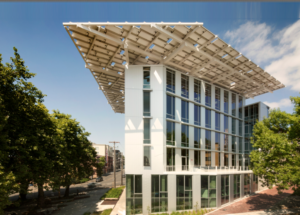 For example, the economics for products such as solar panels, LED lighting, batteries, and advanced window systems are more substantial, so these items are being used more frequently now. There’s also familiarity. The more buildings are made using leading-edge technologies, the more likely they are to be adopted. It’s really about inertia. There has been inertia for the way things have been, and we are slowly turning this ship around. And finally, certain sectors like the tech sector are leading the way with innovation in sustainability in the built environment. People emulate those leaders, pay attention to what Apple, Tesla and Amazon do in this area. When they lead, it has a ripple effect. That’s important.
For example, the economics for products such as solar panels, LED lighting, batteries, and advanced window systems are more substantial, so these items are being used more frequently now. There’s also familiarity. The more buildings are made using leading-edge technologies, the more likely they are to be adopted. It’s really about inertia. There has been inertia for the way things have been, and we are slowly turning this ship around. And finally, certain sectors like the tech sector are leading the way with innovation in sustainability in the built environment. People emulate those leaders, pay attention to what Apple, Tesla and Amazon do in this area. When they lead, it has a ripple effect. That’s important.
Read Jason’s blog: Scaling Regenerative Design and Construction
